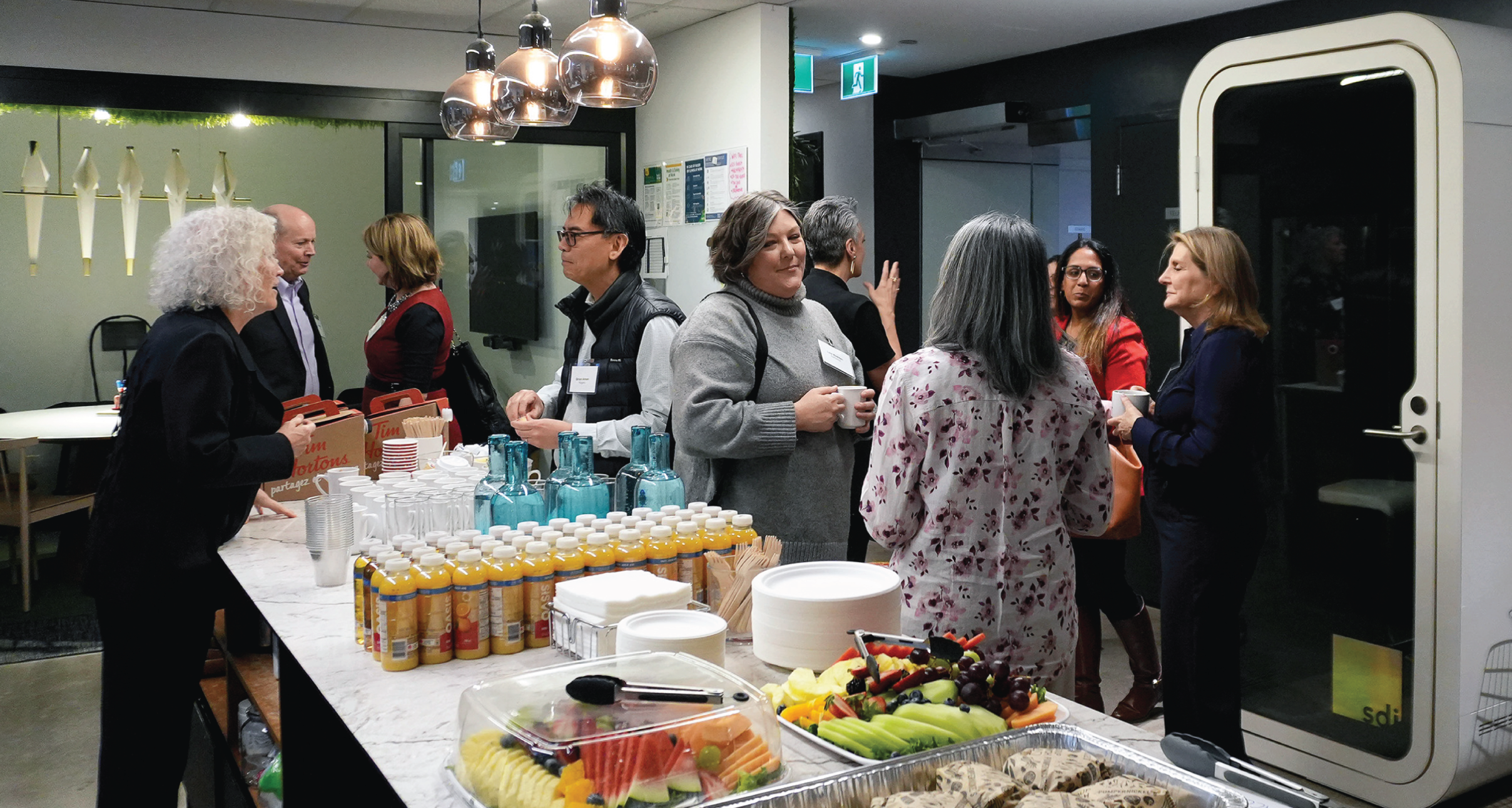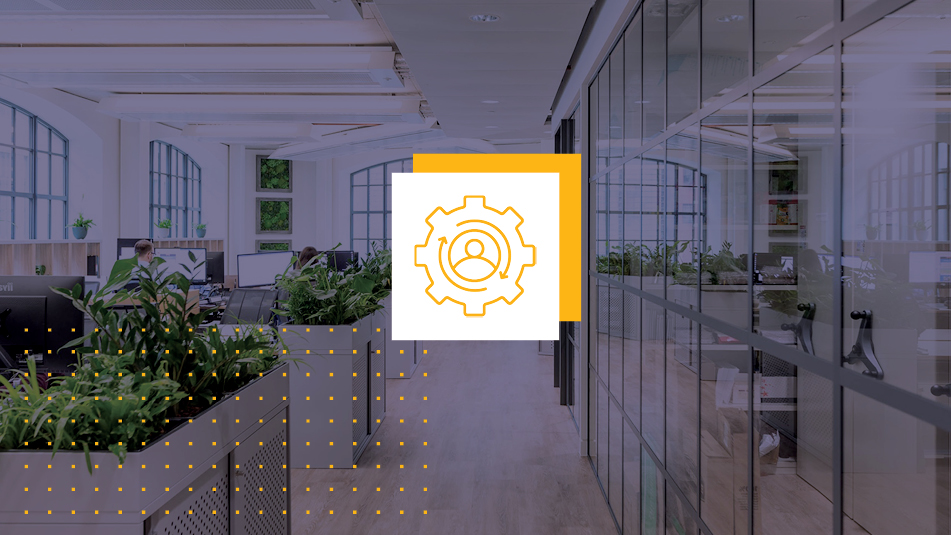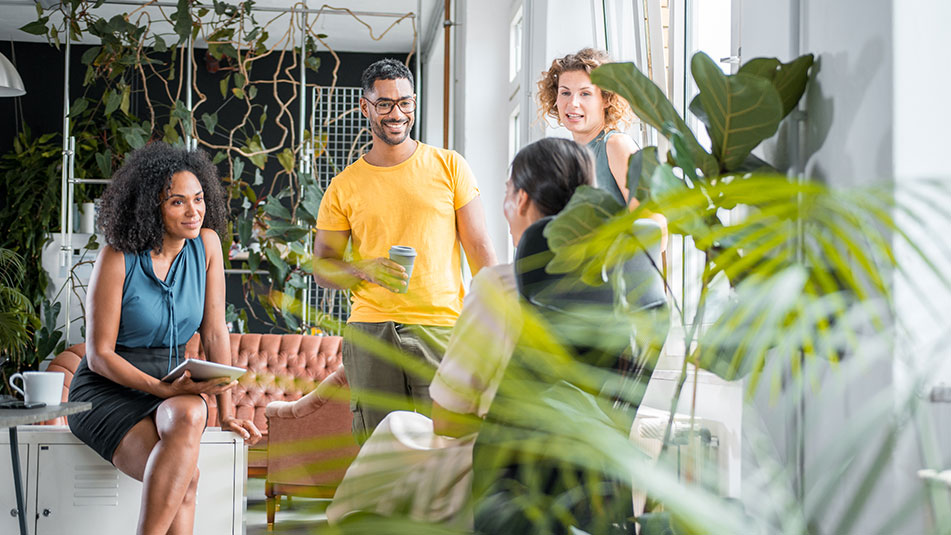Conversations with Cohen - Designing the Post-COVID Office
By now the common widsom is well established. Reducing density, adopting social distancing practices and focusing on elevated cleaning and hygiene has become the baseline on which many businesses are planning re-occupancy. But what does that look like from an execution standpoint and how will design play a role? I spoke with two experts in design for commercial spaces and they had a lot to say on the subject.
Consider furniture solutions that offer the most flexibility.
Changes to individual workstations will be top of mind for employees as they re-enter the office, especially for those returning to a bench-seating configuration. Mark Benhar, owner and president of Benhar Office Interiors, recommends that his clients build flexibility into their furniture plan. He says that there are furniture systems available now that could have perpendicular orientation with screens one day and then be converted back to bench seating later at little cost. For occupiers that are subleasing space or on a restricted budget, Benhar suggests “freestanding screens that are mobile, mobile carts or whiteboards that later on can be repurposed.”
Bring the outside in with biophilic design.
According to a 2010 study by the new University of Technology, Sydney, there was a 37% drop in tension and anxiety among workers when plants were incorporated into their workspace. And with many returning to their offices with a whole new set of stressors, design choices that nod to nature offer additional wellness benefits.
Ultra-sophisticated trends in biophilic design include strategic placement of large potted plants, integrating planters into existing furniture and constructing large scale vertical gardens, also known as “living walls.” These living walls often come with the expensive burden of dedicated plumbing and ongoing maintenance, but one concept Benhar likes for its flexibility is the NAAVA wall. “It's a product that has a simple frame that gets plugged into the wall. Its built-in water tank has a GPS that picks up humidity levels from weather satellites, so it can water the plantings based on that.”
For those that are budget- or space-challenged, simple solutions like installing nature-inspired wall art is an option and some companies offer employee stipends for plants.
Don’t overlook the opportunity to communicate more than just wayfinding.
Prior to the pandemic, thoughtfully designed office wayfinding meant you knew where to find reception or a conference room without a lot of thought. We will now have to learn a whole new way of moving about our offices safely.
Essential businesses were the first out of the gate to adopt signage to facilitate social distancing, so that gives us a head start. “I think the good thing about what the supermarkets and grocery stores are doing is they're socializing this already, so when people come back, to some extent, they're going to be used to this sort of system” says Jen Meilan, principal at New Yok-based branded signage firm 71 Visuals. We will see a lot of the same executions in commercial buildings. We should expect to see not only floor graphics for 6-foot distancing and arrows for new circulation, but capacity limits outside of conference rooms and hygiene reminders.
Beyond the basics for safety, there’s an opportunity to communicate softer messaging to your workforce to help ease anxiety. We’ve already seen branded messaging in the form of inspirational quotes or mission and values statements as interior design elements. But how will that change post-COVID? Meilan stresses the importance of balancing the more prescriptive messaging with signage that will help employees feel good about coming back. “We want it to feel like, ‘Welcome back. We're creating a safe environment for you. This is all for you.’”
-----
Full versions of these Conversations with Cohen are available at the links below:




